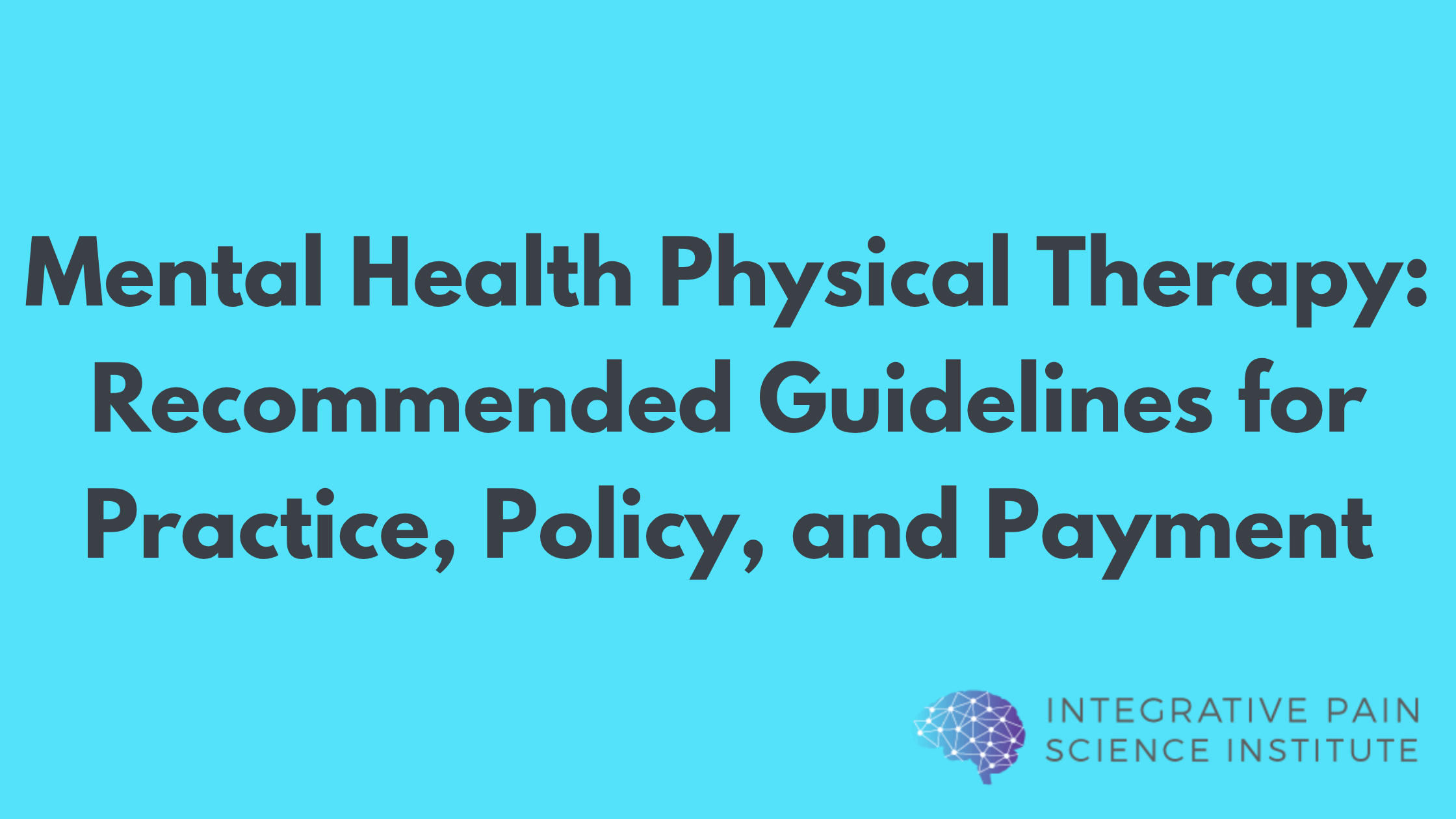Acceptance and Commitment Therapy (ACT) is gaining traction in physical therapy and pain care as an evidence-based treatment.
When appropriate, we as physical therapists are accustomed to encouraging patients to push beyond perceived barriers, whether they be physical or psychological … or both.
As our profession evolves toward taking more of a leadership role in the treatment of chronic pain, it’s going to become even more critical for physical therapists to understand (and treat) pain on both levels.
After all, for all the talk of the physical limitations placed on chronic pain sufferers, the journey toward relief actually begins in the mind. Without a treatment strategy that first guides patients over the psychological and emotional hurdles inherent in their chronic pain journeys, the physical side of things – any talk of movement- or exercise-based interventions – or pain science education may seem irrelevant from a patient’s point of view.
That’s why Acceptance and Commitment Therapy (ACT) is gaining traction as a treatment for chronic pain. By addressing “psychological flexibility” as way that encourages acceptance, willingness, mindfulness, behavior change, and action, ACT combines well with physical therapy to create an evidence-based and psychologically informed treatment for patients with pain.
What is ACT?
As discussed in previous posts, ACT is a psychological intervention that combines acceptance and mindfulness strategies with commitment and behavior change strategies. The goal: to increase “psychological flexibility,” or the ability to confront and cope in different ways.

For those dealing with chronic pain, this means helping them learn that pain isn’t the enemy, but rather the struggle with pain and the desperate narrative that’s become attached to the condition is what’s causing most of the suffering.
“The message of traditional pain management is that you’ve got to manage the pain first, and then get back to your life. But entire lives can be lost in the pursuit of pain relief that may never come,” said Dr. Kevin Vowles, a clinical psychologist and associate professor at the University of New Mexico. “The message of acceptance and commitment therapy is that it’s possible to begin to rebuild one’s life even with pain.”
ACT teaches people not to fight the pain, but to be mindful of the challenges it presents – to accept them without fear or anxiety – so you’re better ready to move toward change, action and rebuilding your life.
Enter physical therapy.
Dr. Tatta’s simple and effective pain assessment tools. Quickly and easily assess pain so you can develop actionable solutions in less time.
Combining ACT with Physical Therapy
Guided by the principles of ACT, physical therapy treatments for chronic pain can be both innovative and evidence-based.
By adding this psychological component to the evaluation and treatment, forward-thinking private practice physical therapists can truly create a pain management program that’s both effective and will set them apart in their marketplace.
In a nutshell, ACT targets six core processes: acceptance, cognitive diffusion, present moment awareness, self as context, values, and committed action. The final two of these processes, values and committed action, establish an ideal segue toward overcoming the physical barriers of chronic pain.
Under the Values process, therapy’s goal is to help sufferers pursue “valued activities” rather than avoiding them due to fear and anxiety.
Valued activities can include a wide spectrum of pursuits, from exercising and playing with the kids to socializing, intimacy and community volunteerism. During the process “Committed Action,” then, patients take a final step to commit to changing their behavior and taking actions related to their values.
As a physical therapist, you’re no doubt well-equipped in helping patients set similar lifestyle goals and provide treatments to help bust through barrios leading to these goals. Whether it’s strength and flexibility issues, postural awareness, body mechanics, etc., physical therapy offers the physiological component that chronic pain sufferers require in order to take these final steps.
At the Integrative Pain and Science Institute, we’ll show you how to combine ACT with Physical Therapy to create a pain management program for your practice. Sign up here to be placed on the wait-list for our course “ACT for Pain,” taught by Joe Tatta, PT, DPT.



